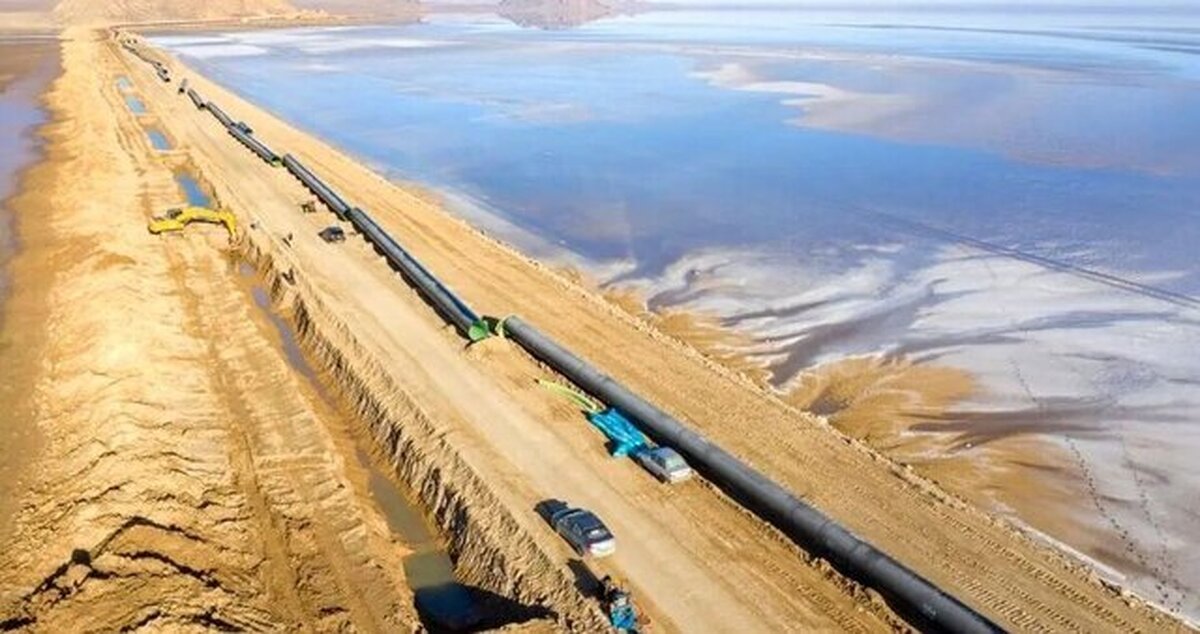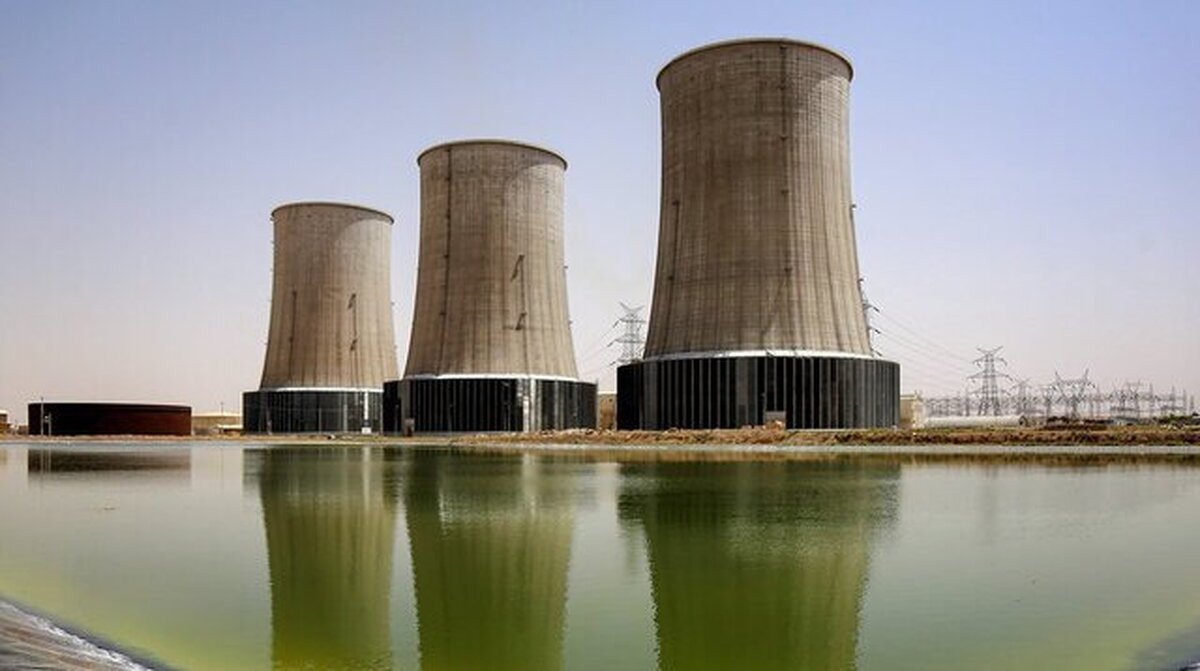
Plains Running Out of Fossil Water
EghtesadOnline: Estimates show Iran holds 500 billion cubic meters of fossil water, of which 300 bcm is fresh water.
Of the total volume of fresh water (300 bcm), close to 170 bcm has been consumed (the rest is depleting rapidly) and normal rainfall will not be able to replenish the diminishing ancient freshwater.
The term fossil water, or paleowater, refers to underground water reservoirs that have been geologically sealed. The water cannot be replenished and may have been locked in for thousands of years. This water is a finite resource and often comes with dangers in addition to the water running out after the population has come to rely upon it.
For over 50 years Iran has relied on fossil water supplies that are now dwindling rapidly. Population growth, more frequent droughts and the effects of climate change are creating the ‘perfect storm’ for future water insecurity.
According to the Institute for Forest and Pasture Research, groundwater levels have dropped two meters in recent years across 70 plains, affecting as much as 100 million hectares.
According to the UN Development Program, the level of Iran’s per capita water resources are projected to plummet to as little as 816 cubic meters in 2025, down from 2,025 cubic meters in 1990.
“Annual excess abstraction from non-renewable resources has increased from 250 million cubic meters in 1981 to 10 bcm in 2019, up 3,900% over the last 4 decades,” ISNA quoted Isa Kalantari, head of the Department of Environment, as saying.
Ongoing Disaster
He added that between 1981 and 1989, yearly over extraction was around 250 mcm, which then rose by 750 mcm and reached 1 bcm per year between 1990 and 1997.
The trend continued and approached 4 bcm between 1998 and 2005. Over the next eight years (2006-2013), the volume doubled and reached 8 bcm per annum.
The figure has kept rising and close to 1.5 bcm has been added to the excess abstraction in the last six years and now is close to 10 bcm annually.
Research shows that over the last two decades Iran ranked second in the world (after India) in terms of groundwater depletion embedded in food production and trade, constituting 15% of global groundwater depletion for irrigation.
Demand for groundwater in Iran is dominated by agriculture, which gobbles up at least 90% of the country’s water, 52% of which is currently supplied from groundwater resources.
Regarding the amount of fossil water in the country, no more than 35 bcm of water should be extracted per year. “Nonetheless, abstraction level has reached 51 bcm/y,” Kalantari said.
Located in one of the most arid regions in the world, Iran has an annual average precipitation rate of 252 millimeters, approximately one third of the global average. Exacerbating the severity of water shortages, as much as 70% of precipitation is lost to evaporation.
The rapid depletion of aquifers is a growing concern. It not only questions the government's myopic attitude to environmental problems, but also prompts worries at national and local levels about different aspects of groundwater excess exploitation and related social implications.
Iran has historically relied on groundwater resources for development purposes, but in recent decades it has experienced a progressive decline in water levels of aquifers.
Groundwater policies and measures to control over abstraction have largely failed to restore the groundwater balance. This suggests that Iran’s current groundwater problems – including dwindling groundwater levels and land subsidence caused by over abstraction – might be intensified if authorities do not act urgently to manage the alarming situation.



